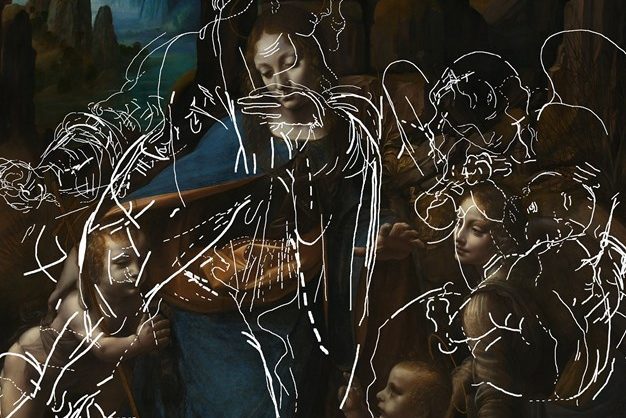Mohammed bin Salman, the Crown Prince of Saudi Arabia, paid $450 million for Salvator Mundi, a heretofore “lost” painting by Leonardo da Vinci. At the time, the purchase raised some eyebrows for a number of reasons — including the ongoing question of whether or not the painting was actually da Vinci’s work. Now, the painting’s origins and authenticity are again in the spotlight, with a new documentary prompting a host of discussion and debate on the subject.
Writing at The New York Times, David D. Kirkpatrick and Elaine Sciolino have a good overview of the issues at hand. At the heart of their article is a fascinating account of art history and international diplomacy overlapping — they note that in 2018, the Saudi government shipped Salvator Mundi to the Louvre for an in-depth examination, as well as possibly featuring in an exhibition commemorating the 500th anniversary of da Vinci’s birth.
The examination of the painting by a group of scientists, Kirpatrick and Sciolino write, was impactful. They write that “in their undisclosed report [the scientists] had pronounced with more authority than any previous assessment that the painting appeared to be the work of Leonardo’s own hand.” Still, the show didn’t ultimately include Salvator Mundi due to a disagreement between the Saudi government and the museum over where it should be placed.
Further complicating matters is a forthcoming documentary on the painting by Antoine Vitkine, The Savior for Sale, which debuted this month. Vitkine’s film argues that the painting is not authentic, and that the conflict between the Louvre and the Saudi government relates, in part, to this process.
The Times report and Vitkine’s documentary come to very different conclusions about the painting and its origins. If this renewed debate can tell us anything, though, it’s that the controversy surrounding Salvator Mundi is nowhere near over.
Thanks for reading InsideHook. Sign up for our daily newsletter and be in the know.

















